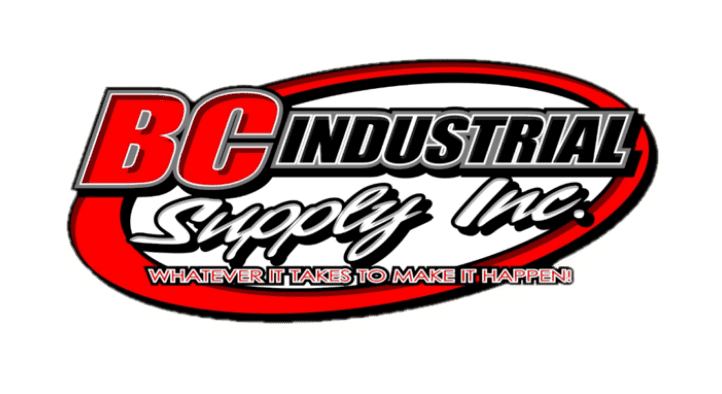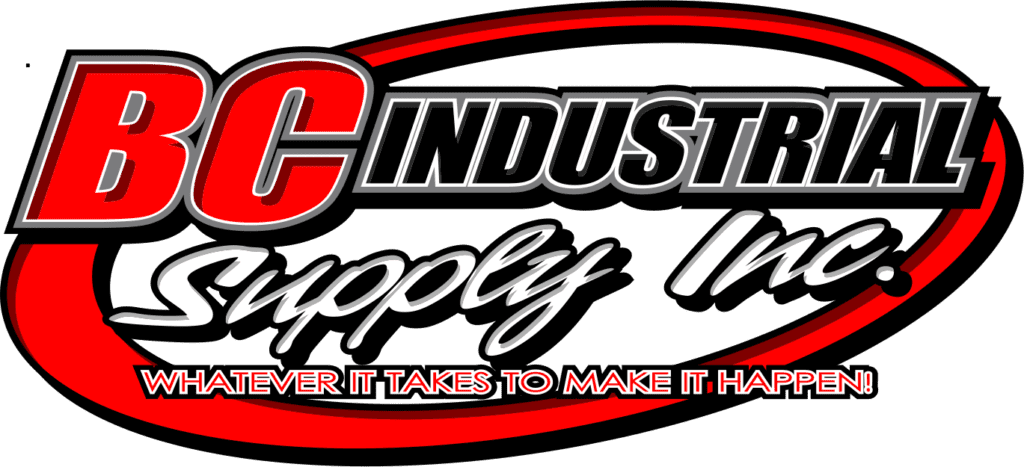Workplace safety isn’t just good business—it’s the law. For those operating in industrial environments, compliance with OSHA (Occupational Safety and Health Administration) regulations isn’t optional. It’s a legal obligation that also protects your workers, reduces downtime, and keeps your operation running smoothly. Understanding how OSHA regulations apply to your facility, tools, and workforce is critical for staying compliant and maintaining a safe, productive workplace.
At BC Industrial Supply, we know how critical OSHA compliance is, which is why we offer safety-rated products, PPE, and reliable tools that help our customers meet regulatory requirements. But choosing the right gear is only one part of the equation. Knowing what OSHA expects—and how to integrate those standards into your daily operations—makes all the difference.
Table of Contents
What Is OSHA and Why Does It Matter?
OSHA is a federal agency under the U.S. Department of Labor that establishes and enforces safety standards across multiple industries, including manufacturing, construction, warehousing, and industrial services. Created through the Occupational Safety and Health Act of 1970, OSHA’s goal is to ensure safe working conditions for employees by setting and enforcing standards and providing training, outreach, and education.
For employers in industrial settings, OSHA compliance isn’t optional. Fines for violations can reach tens or even hundreds of thousands of dollars per incident, especially for repeat offenses or willful neglect. Beyond fines, non-compliance can lead to serious injuries, lost productivity, and even shutdowns due to failed inspections.
General Duty Clause: OSHA’s Baseline Safety Requirement
The OSHA General Duty Clause requires employers to provide a workplace free from recognized hazards that are likely to cause death or serious physical harm. Even if a specific standard doesn’t exist for a particular hazard, this clause can still be used to cite unsafe practices.
For example, if a manufacturing shop has large, unguarded machinery that poses entanglement risks but no explicit machine guarding standard applies, OSHA inspectors may still issue a citation under the General Duty Clause. It’s the catch-all regulation that reinforces the employer’s responsibility to recognize and control risks, even those not directly covered in OSHA’s detailed codes.
OSHA Standards That Directly Affect Industrial Workplaces
OSHA regulations are grouped into industry categories: General Industry (29 CFR Part 1910), Construction (29 CFR Part 1926), Maritime, and Agriculture. Most industrial supply and service businesses fall under General Industry standards, though some may overlap with Construction if they perform installation or site-based work.
Common OSHA regulations affecting industrial operations include:
Hazard Communication Standard (HCS) – Requires proper labeling of chemicals, safety data sheets, and training on chemical hazards. Facilities that store, use, or distribute chemical products must ensure that all employees understand the potential dangers and how to protect themselves.
Lockout/Tagout (LOTO) – 29 CFR 1910.147 – One of the most critical safety procedures for maintenance and repair work. It mandates procedures to shut off and lock out machinery before any servicing takes place, preventing accidental startup and reducing the risk of injury or death.
Respiratory Protection – 29 CFR 1910.134 – Applies when airborne contaminants are present. This standard includes requirements for respirator selection, medical evaluations, fit testing, and training. Whether it’s a paint booth or dust-producing process, employers must have a written respiratory protection program in place.
Personal Protective Equipment (PPE) – 29 CFR 1910 Subpart I – Requires employers to perform a hazard assessment and provide appropriate PPE to workers. This includes protective eyewear, gloves, helmets, hearing protection, and more. PPE must be maintained, replaced when damaged, and employees must be trained on proper use.
Machine Guarding – 29 CFR 1910.212 – Mandates that machines be equipped with guards to prevent operators from coming into contact with moving parts. Saws, presses, conveyors, and similar equipment are all covered under this rule.
Walking-Working Surfaces – 29 CFR 1910 Subpart D – Addresses slip, trip, and fall hazards. It includes requirements for ladders, scaffolds, floor openings, and fall protection systems.
Each of these standards includes specific requirements for training, equipment, maintenance, and inspection. Failing to meet any part of a standard—even a documentation lapse—can result in a citation.

Training and Documentation: Two of the Most Overlooked Areas
Even when employers provide the correct tools and PPE, they often fall short in training and recordkeeping. OSHA doesn’t just want to see that your workers have hard hats and safety glasses—they want to see documented evidence that workers were trained on how and when to use them.
Training must be job-specific and repeatable. One-time onboarding isn’t enough. Certain standards, like HAZCOM or LOTO, require annual refreshers or retraining when conditions change. Documentation must include dates, attendee lists, trainer qualifications, and proof of competency when applicable.
Similarly, OSHA requires employers to maintain and post injury and illness logs (OSHA 300, 300A, and 301 forms). These documents provide inspectors with historical data on workplace incidents. Failure to properly log injuries—even minor ones—can lead to violations.
Inspections and Enforcement: What to Expect from OSHA
OSHA inspections can be random, triggered by a complaint, or the result of a reported incident or fatality. Inspectors may arrive unannounced, and employers are required to grant access. The inspection process usually includes an opening conference, a walkthrough, employee interviews, and a closing conference.
During the walkthrough, inspectors will evaluate safety practices, review documentation, and may photograph hazards or take samples. After the inspection, OSHA has six months to issue citations, which can range in severity from “other-than-serious” to “willful” or “repeat” violations.
Companies with high rates of citations or severe injuries may be placed in OSHA’s Severe Violator Enforcement Program (SVEP), increasing scrutiny and inspections across all facilities under the company’s control.
Controlling Hazards Before They Become Citations
A proactive approach to safety goes beyond checking boxes. Employers should continuously assess and improve hazard controls using the hierarchy of controls:
1. Elimination – Remove the hazard completely (e.g., replace a dangerous chemical with a safer one).
2. Substitution – Use safer alternatives (e.g., swapping flammable solvents for water-based solutions).
3. Engineering Controls – Isolate workers from hazards (e.g., install machine guards or fume extraction systems).
4. Administrative Controls – Change work policies or schedules (e.g., rotating shifts to reduce exposure).
5. PPE – Provide personal protective equipment as a last line of defense.
This hierarchy ensures that employers don’t rely solely on PPE, which is less effective than eliminating or engineering out hazards. Regular safety audits, job hazard analyses, and employee feedback help identify weak points before OSHA finds them for you.
Staying Up to Date with Changing Standards
OSHA standards aren’t static. New technologies, workplace trends, and injury data can prompt updates. For instance, the recent revisions to silica dust exposure limits and crane operator certifications have changed expectations for many industrial businesses.
Subscribing to OSHA’s newsletters, attending safety seminars, and working with qualified safety consultants can help employers keep up. Many states also operate OSHA-approved State Plans, which may impose stricter requirements than federal rules.
Facilities operating across multiple states need to understand both federal and state-specific obligations. This includes differences in reporting requirements, safety committee mandates, and permissible exposure limits (PELs).
Conclusion: OSHA Compliance as a Business Asset
Understanding and complying with OSHA regulations isn’t just about avoiding penalties—it’s about building a workplace culture that values safety, efficiency, and accountability. A safe worksite has fewer injuries, higher morale, lower turnover, and better productivity.
From lockout kits to safety signage, respirators to spill containment solutions, BC Industrial Supply supports your safety goals by supplying the equipment and materials needed to meet OSHA standards. But compliance also requires planning, training, and leadership—tools no catalog can provide. When those elements work together, the result is a safer, more reliable operation that’s built to last.
For any industrial business, OSHA compliance isn’t just the law—it’s a competitive advantage..

